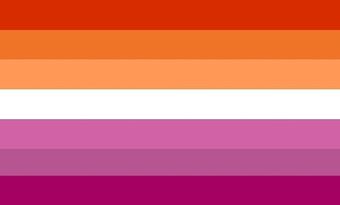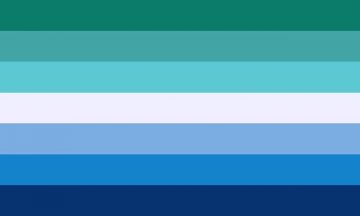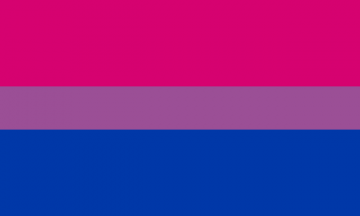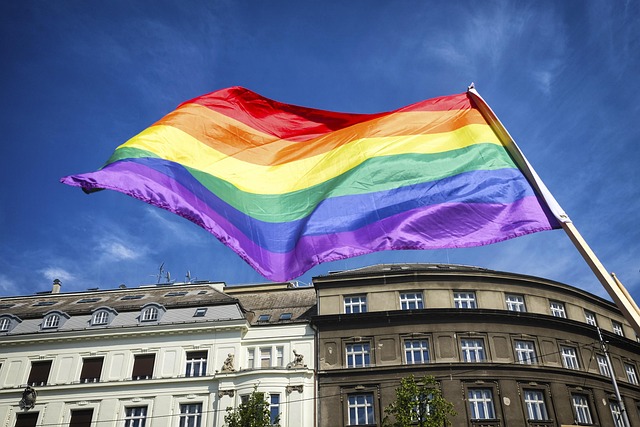Every June, the United States and many other countries celebrate Pride Month. Communities host parades, festivals, and global displays of love. Many people show support for the LGBT+ community by using pride flags. The rainbow flag is the most famous, but new flags now represent specific identities and communities. These flags help more people feel seen and included.
What do all the different Pride Flags mean? Keep reading to learn more!
What Do These Pride Flags Mean?
Rainbow Pride Flag

Gilbert Baker created the Rainbow Pride Flag in 1978. Each color symbolized a core value of LGBT+ life and identity: red represented life, orange symbolized healing, yellow represented sunlight, green represented nature, blue represented harmony, and purple represented spirit.
Newer versions add black and brown stripes to include BIPOC (Black, Indigenous, and People of Color) communities.
Light blue, pink, and white stripes now also represent the transgender community, promoting inclusion across diverse identities.
Lesbian Pride Flag

The Lesbian community does not have a universally accepted flag. However, the 7-stripe flag created by Emily Gwen in 2018 has gained significant popularity.
The colors represent: dark orange, gender nonconformity; orange, independence; light orange, community; white, unique relationships to womanhood; pink, serenity and peace; dusty pink, love and sex; dark rose, femininity.
Gay Pride Flag

Like the Lesbian Community, the Gay Community did not have a universally adopted flag until 2019 when user @gayflagblog created this 7-stripe version.
The colors represent: dark green, community; light green, healing; white, inclusion of transgender, nonbinary, and gender-nonconforming individuals; light blue, love; medium blue, joy; dark blue, pure masculinity; teal or navy (depending on the version), strength.
Bisexual Pride Flag

Michael Page designed the Bisexual Pride Flag in 1988. He wanted to increase visibility for bisexual individuals.
Pink shows attraction to the same gender. Purple represents overlap between same-gender and different-gender attraction. Blue means attraction to different genders.
Transgender Pride Flag

Monica Helms designed the Transgender Pride Flag in 1999 to represent the diversity of gender fluidity and identity.
Light pink stands for baby girls. Light blue stands for baby boys. White represents intersex, gender-neutral, or transitioning individuals.
Helms made the flag reversible to show that no way of expressing gender identity is wrong.
Understanding what the Pride flags mean goes beyond just the colors; it’s about grasping what each flag represents and who it represents. The LGBT+ community is vast, so for those within it to find other like-minded individuals, these flags serve as a sign of unity. Allies of the LGBT+ will often wave the rainbow flag to symbolize their support.
Pride Flag images from the University of Northern Colorado

